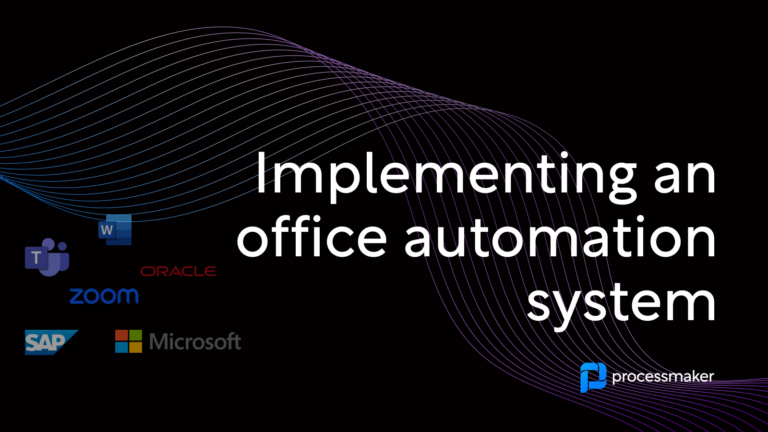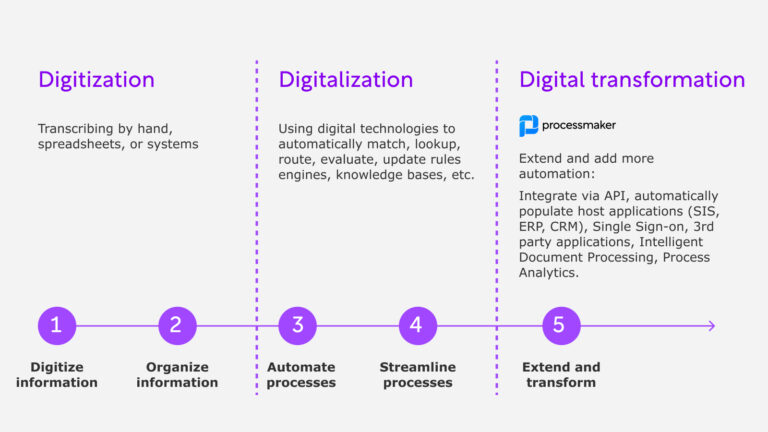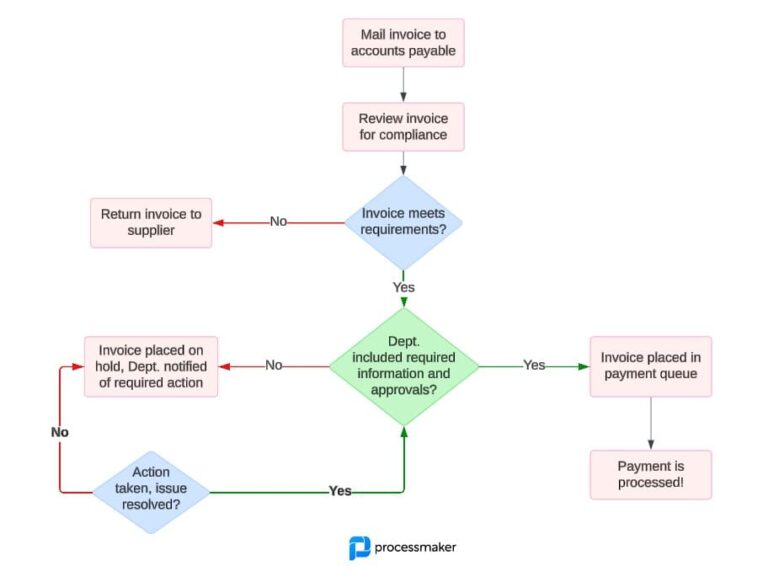Traditional commercial open source models for enterprise application software (ERP, CRM, BPM, etc.) have been based on the idea of an open core. These are generally GPL licensed with a commercial or enterprise edition that consists of proprietary extensions and support. With the rise of APIs and API monetization strategies, I predict that there will be a natural shift to invert this open source model. We will see non-open source cloud APIs (closed core) enriched with open source widgets and components that are built to interact with the API (open perimeter). An open source perimeter strategy will facilitate the adoption of a closed cloud based API.
Last week, I published an article on Opensource.com outlining my ideas in greater detail. In this article, I use examples from traditional, open core applications as well as new, API software
“Today, software development is built around APIs. Instead of embedding a vendor’s product into their application, developers can call an API to consume services from a vendor. The developers don’t need to know what’s responding to their calls on the backend; they simply need to know what the vendor’s API expects from their code and what they can expect to receive back from the API. It is, in many senses, wonderfully non-intimate.”




